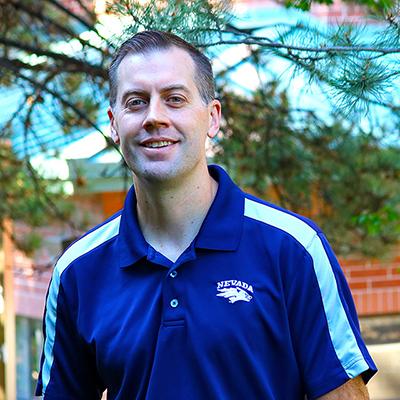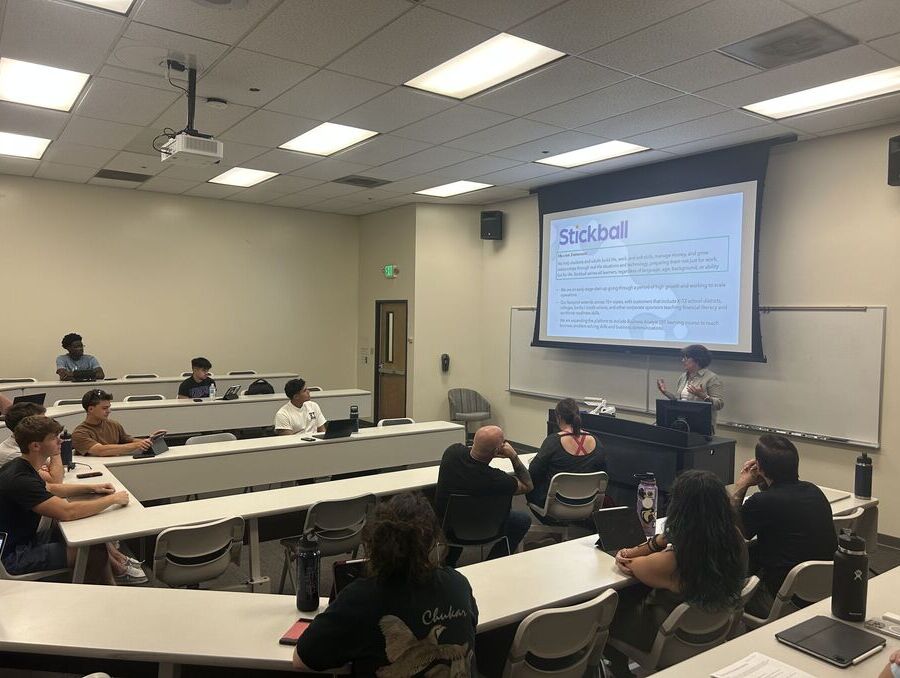Teachers: Leading in crisis, reimagining the future ... perhaps helping us saying goodbye to snow days ... and something more
Although it's a challenging time for teachers, it's also a time of hope and possibility for the future
As we approach World Teachers' Day, I have been reflecting on what teachers mean to our society. This year, perhaps more than ever, teachers became positioned to change the face of education forever. The COVID-19 pandemic has created a myriad of challenges in education, for students, teachers and families [1]. Parents must now balance their own work while simultaneously managing their own children’s distance education [3]. Teachers are now closely connected, albeit at a distance, to the homes of their students, and families are looking to educators for support and leadership. Furthermore, the pandemic has put a spotlight on the need for school districts and teachers to have a well-developed back-up plan to the status quo, and to address the inequities in providing distance education [2].
I experienced all of the problems associated with distance education last spring, when I was forced into finishing the high school year in a completely remote setting. I found myself trying to prepare AP students for their exams, while still engaging other students with content review. At one point, half my students had simply disappeared from my Zoom classroom, either because of a lack of access to appropriate technology or because their parents were unable to support their engagement due to being essential workers. In this initial shift, I went into survival mode, simply doing the best I could with what I had to finish the school year. I learned to contact families of disengaged students using a host of methods, including calls, emails, texts, online learning platforms and even letters to their homes. I did my best to learn new technologies and to deploy them with my classes. Perhaps most importantly I learned to be flexible, both with students and families, and with how my lessons were taught.
During this initial change to distance education, it was made clear by my district that no new material was to be taught, and we were to focus on the well-being of students over their attainment of content. As I look back, I see that I was able to accomplish these goals and survive to the end of the school year. However, to successfully deliver brand new content in the unfamiliar setting of distance education would require rapid changes to the way in which I approached teaching. As many of my colleagues and I have discussed, “We’re all first-year teachers now.” [4] On top of that, I had just accepted a position teaching at the University of Nevada, Reno. There was no way I could approach a new job with mere survival in mind. I needed to find ways to thrive as a distance educator.
I can remember my first year of teaching well. At the outset I was full of confidence and energy, and was just excited to finally be a real teacher. I was sure that I would do an amazing job and that my students would come away having learned everything they needed to know. As many other teachers have experienced, that first year didn’t go as well as I had hoped. I made countless mistakes, many of which I didn’t even realize were mistakes until years of experience later. As I look back on the experience, I do remember that I was quick to try new things, even at the risk of having a lesson turn into a complete disaster. I simply didn’t know any better. As I became more comfortable in the classroom and my teaching style developed, I took fewer instructional risks, instead relying on the things that had worked in the past. This pandemic has again made me look at my classroom as a first year teacher. There is no formula for what works. I see this now as a tremendous opportunity to explore new approaches. In fact I think I have tried more new instructional strategies in the first six weeks of the semester than I had in the previous three years of teaching high school. What’s more is that, at least initially, it seems to be working. That is not to say that some of the things I have tried haven’t bombed. Some of them have, but what is great is that it has rekindled my ability to try new approaches and find new ways to be an educator. I don’t fear working with a new technology, I just jump in and try it.
Teachers all over the country are facing these same distance learning challenges. These teachers will be offering revolutionizing ideas that can change the face of education [4]. Additionally, school closures and distance learning have also made the general public more aware of inequities in children’s lives outside of school. As Paul Reville, from the Harvard Graduate School of Education states, “Suddenly we see front-page coverage about food deficits, inadequate access to health and mental health [care], problems with housing stability, and access to educational technology and internet.” [2] This is an opportunity to correct these inequities. The most obvious place to start is working to create equitable access to educational technology [2].
While I certainly miss the boisterous atmosphere in a packed classroom, I am finding a willingness among teachers and in myself to move education forward. Collectively, educators can change not only how we teach students, but by extension, how our society operates. Robust distance education will not go away when COVID-19 does. Sorry kids and teachers, I don’t believe we will have a snow day ever again.
References:
- Nasr, N. (2020). Teachers as Students: Adapting to Online Methods of Instruction and Assessment in the Age of COVID-19. Electronic Journal of Science Education, 24(2), 168–171.
- Mineo, L. (2020, April 10). The pandemic's impact on education. Harvard Gazette.
- Noguchi, Y. (2020, March 17). Coronavirus Triple Duty: Working, Parenting, And Teaching From Home.
- Huisken , D. (2020, April 13). We're All First-Year Teachers Now, And Our First Lesson Should Be Grace. Education Post.














